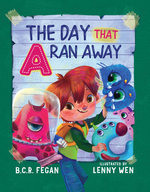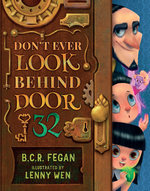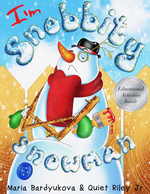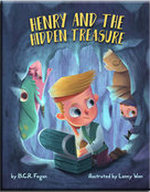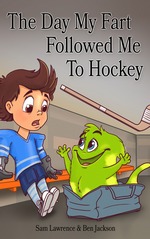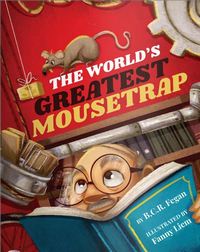 The World’s Greatest Mousetrap
The World’s Greatest Mousetrap
by B.C.R. Fegan, Fanny Liem (Illustrator)
Kindle Edition, 44 pg.
TaleBlade, 2019
Read: June 4, 2019

I can’t believe I did this, but I noticed a couple of months ago that there was a new B.C.R. Fegan book out and since TaleBlade didn’t offer one to me, I ponied up a little cash for it. Clearly, TaleBlade’s following a tried and true business model, get someone hooked on some free samples and they’ll pay for more (and I’ll happily do it again).
This is the story of Reginald, a pleasant-seeming bookstore owner who loves to read in quiet when not selling books. One day he hears a mouse in his shop and goes about setting a series of traps, each more complicated than the last, to catch it. He can’t have a little animal ruining his peaceful reading time. The mouse is cleverer than any outside of animation or children’s literature so it evades the traps — up to and including a Rube Goldberg-esque device—leading to calamities for Reginald and his customers. Whatever will Reginald do? How will he enjoy a book?
Maybe it’s just me, but the text seems a bit denser than is typical for a Fegan book. Not dense as in complicated, don’t worry, this is still picture book territory. But there seems to be more of it—a more involved story than usual. That’s not good or bad—just an observation. I didn’t find it as full of whimsy as usual, but it’s an okay story.
Liem’s illustrations are beautiful, incredibly detailed, and will likely keep young readers captivated. I’m not sure if it’s different in the hard copy or not, but it seems to me that they don’t always sync properly with the text—sometimes depicting events the text hasn’t gotten to for a couple of pages. That bothered me a bit, but it’s not a deal-breaker.
A charming little tale, but didn’t seem to have the typical Fegan magic. Which isn’t to say it’s a bad book, just not a great one. Not every hit has to be a home-run or triple, a good on-base single gets the job done, and that’s what we have here (and probably a month’s worth of sports analogies for me). A cute little book that will be a favorite of some kids, I have no doubt, but that didn’t have the magic some of Fegan’s others do. I recommend it, but I know he’s done better, so get those, too.
—–

![]()


